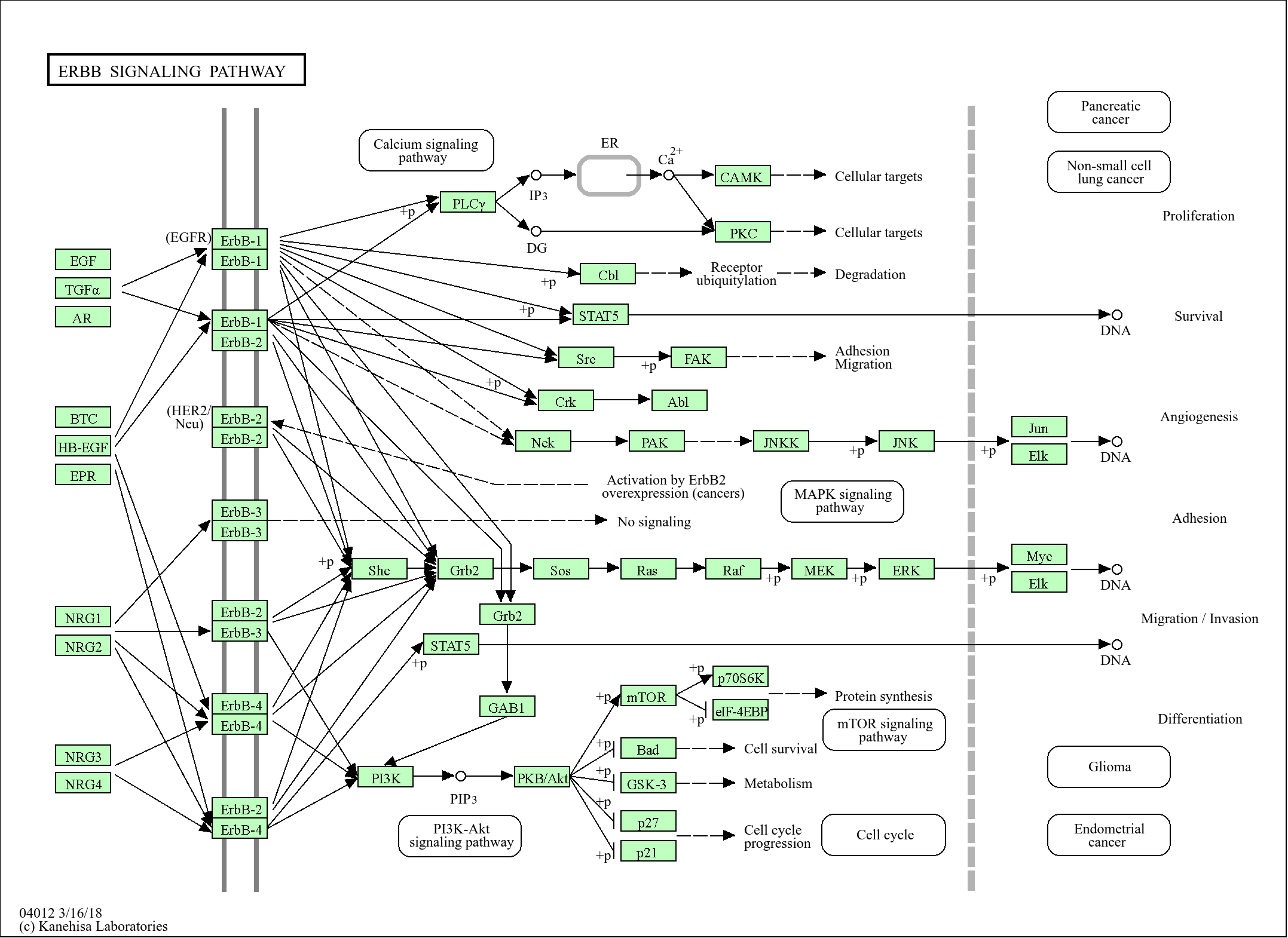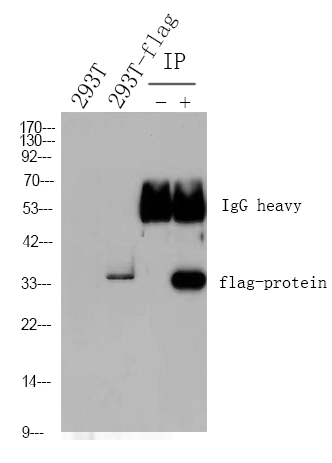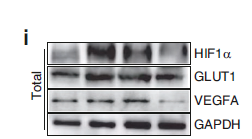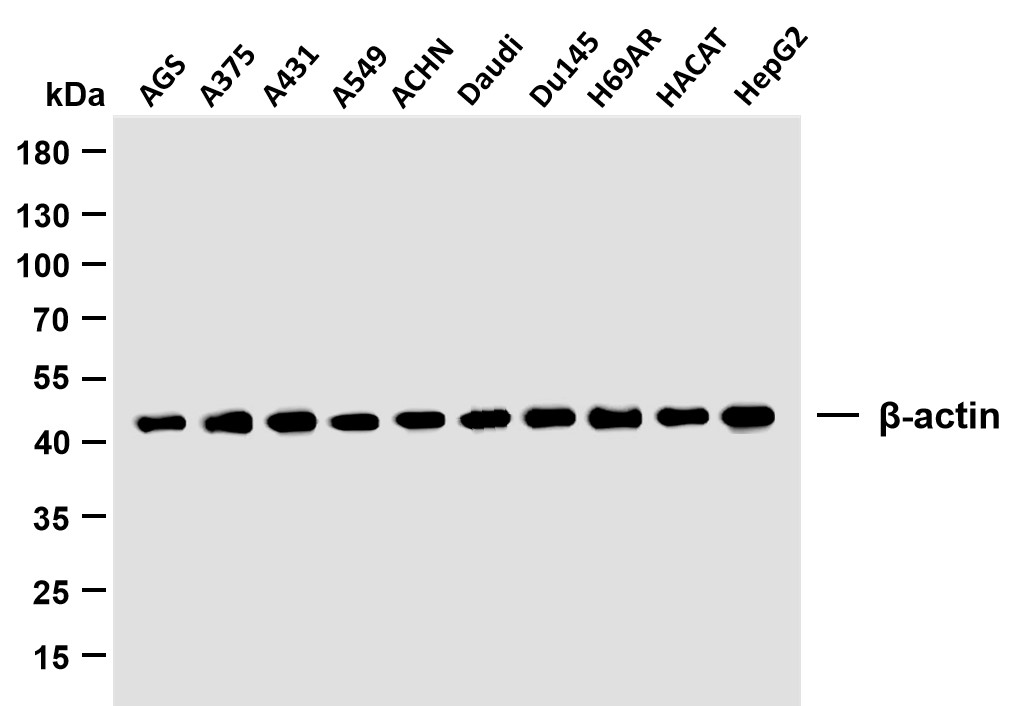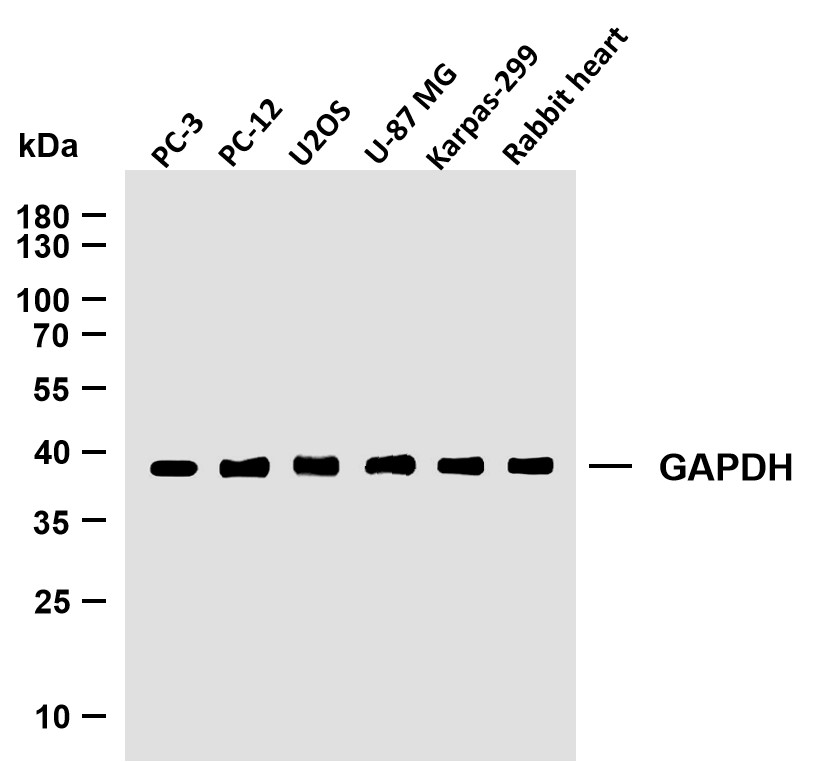
Catalog: YT2518
Size
Price
Status
Qty.
200μL
$450.00
In stock
0
100μL
$280.00
In stock
0
40μL
$150.00
In stock
0
Add to cart


Collected


Collect
Main Information
Target
Lad
Host Species
Rabbit
Reactivity
Human, Mouse
Applications
WB, IHC, IF, ELISA
MW
48kD (Observed)
Conjugate/Modification
Unmodified
Detailed Information
Recommended Dilution Ratio
WB 1:500-1:2000; IHC 1:100-1:300; ELISA 1:10000; IF 1:50-200
Formulation
Liquid in PBS containing 50% glycerol, 0.5% BSA and 0.02% sodium azide.
Specificity
Lad Polyclonal Antibody detects endogenous levels of Lad protein.
Purification
The antibody was affinity-purified from rabbit antiserum by affinity-chromatography using epitope-specific immunogen.
Storage
-15°C to -25°C/1 year(Do not lower than -25°C)
Concentration
1 mg/ml
MW(Observed)
48kD
Modification
Unmodified
Clonality
Polyclonal
Isotype
IgG
Related Products
Antigen&Target Information
Immunogen:
The antiserum was produced against synthesized peptide derived from human SH2D2A. AA range:211-260
show all
Specificity:
Lad Polyclonal Antibody detects endogenous levels of Lad protein.
show all
Gene Name:
SH2D2A
show all
Protein Name:
SH2 domain-containing protein 2A
show all
Other Name:
SH2D2A ;
SCAP ;
TSAD ;
VRAP ;
SH2 domain-containing protein 2A ;
SH2 domain-containing adapter protein ;
T cell-specific adapter protein ;
TSAd ;
VEGF receptor-associated protein
SCAP ;
TSAD ;
VRAP ;
SH2 domain-containing protein 2A ;
SH2 domain-containing adapter protein ;
T cell-specific adapter protein ;
TSAd ;
VEGF receptor-associated protein
show all
Background:
This gene encodes an adaptor protein thought to function in T-cell signal transduction. A related protein in mouse is responsible for the activation of lymphocyte-specific protein-tyrosine kinase and functions in downstream signaling. Alternative splicing results in multiple transcript variants. [provided by RefSeq, Mar 2010],
show all
Function:
Function:Could be a T-cell-specific adapter protein involved in the control of T-cell activation. May play a role in the CD4-p56-LCK-dependent signal transduction pathway. Could also play an important role in normal and pathological angiogenesis. Could be an adapter protein that facilitates and regulates interaction of KDR with effector proteins important to endothelial cell survival and proliferation.,induction:Rapidly induced after activation of T-cells. However, the gene continues to be expressed in long-term cultures of activated T-cells.,PTM:Phosphorylated on tyrosine residues.,similarity:Contains 1 SH2 domain.,subunit:Interacts with KDR.,tissue specificity:Expression limited to tissues of the immune system and, in particular, activated T-cells. Expressed in peripheral blood leukocytes, thymus and spleen. Much lower expression or undetectable, in brain, placenta, skeletal muscle, prostate, testis, ovary, small intestine, and colon. Expressed at low levels in unstimulated T-cells, but not expressed in normal resting or activated B-cells. According to PubMed:10692392 expression is not restricted to activated T-cells, but strongly expressed in blood cell lineages, the endothelium and other cell and tissue types, such as heart, lung, and liver.,
show all
Cellular Localization:
Cytoplasm.
show all
Research Areas:
>>VEGF signaling pathway
show all
Signaling Pathway
Reference Citation({{totalcount}})
Catalog: YT2518
Size
Price
Status
Qty.
200μL
$450.00
In stock
0
100μL
$280.00
In stock
0
40μL
$150.00
In stock
0
Add to cart


Collected


Collect
Recently Viewed Products
Clear allPRODUCTS
CUSTOMIZED
ABOUT US
Toggle night Mode
{{pinfoXq.title || ''}}
Catalog: {{pinfoXq.catalog || ''}}
Filter:
All
{{item.name}}
{{pinfo.title}}
-{{pinfo.catalog}}
Main Information
Target
{{pinfo.target}}
Reactivity
{{pinfo.react}}
Applications
{{pinfo.applicat}}
Conjugate/Modification
{{pinfo.coupling}}/{{pinfo.modific}}
MW (kDa)
{{pinfo.mwcalc}}
Host Species
{{pinfo.hostspec}}
Isotype
{{pinfo.isotype}}
Product {{index}}/{{pcount}}
Prev
Next
{{pvTitle}}
Scroll wheel zooms the picture
{{pvDescr}}

